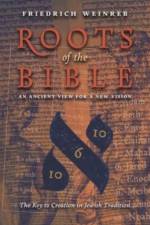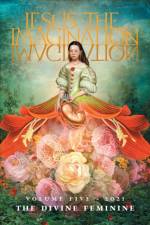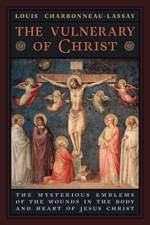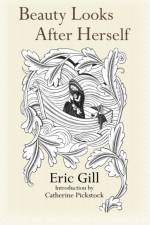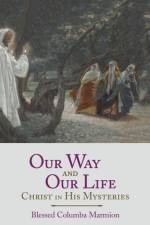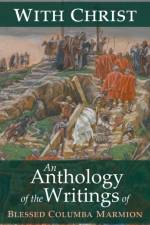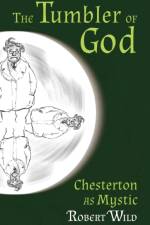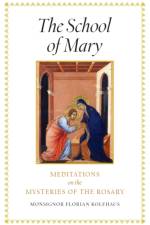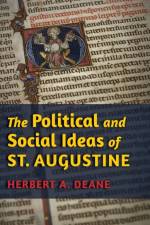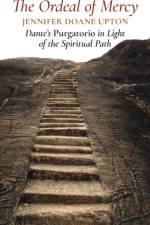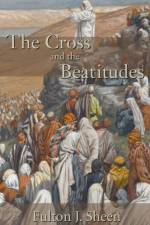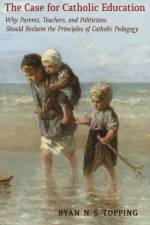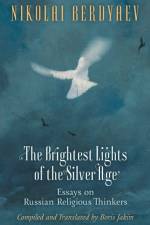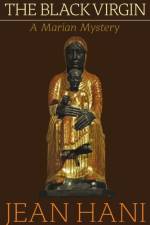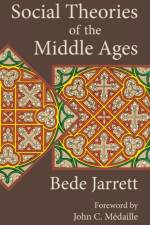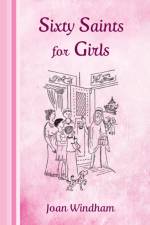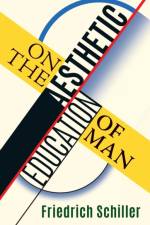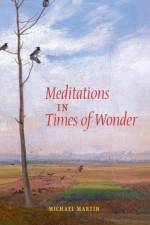- Why Parents, Teachers, and Politicians Should Reclaim the Principles of Catholic Pedagogy
av Topping Ryan N. S. Topping
391
Catholic schools have long contributed to the mission of the Church and to the flourishing of society. During the past few decades, however, Catholic schools have suffered severe losses, both in their religious identity and in their capacity to attract students. With penetrating insights, pointed anecdotes, and drawing upon recent empirical studies and Church documents, Ryan Topping describes the near collapse of Catholic education in North America and uncovers the enduring principles of authentic renewal. In The Case for Catholic Education you'll discover: - the three purposes of Catholic education - why virtue is more important than self-esteem - the elements of a true "common core" curriculum - essential differences between "progressive" and "Catholic" models of learning - helpful study questions and a research guide "This is an accessible and eminently readable book on a topic which no Catholic can afford to ignore."--Joseph Pearce, Aquinas College, Nashville, TN "The Case for Catholic Education speaks to the heart of the debate over whether Catholic education is 'worth it.'"--Sister John Mary Fleming, O.P., Executive Director for Catholic Education, USCCB "The Case for Catholic Education will surely play a vital role in reinvigorating the handing-on of essential Catholic truths."--Sister Joseph Andrew Bogdanowicz, O.P., Dominican Sisters of Mary, Mother of the Eucharist, Ann Arbor, MI "This short book contains an astonishing wealth of insights and practical suggestions."--Dr. Keith Cassidy, President of Our Lady Seat of Wisdom Academy, Barry's Bay, ON, Canada "Ryan Topping has written an engaging and coherent analysis of the state of Catholic education in North America, which will be useful for teachers in Britain, too."--Dr. Paul Shrimpton, Magdalen College School, Oxford, UK "An insightful view of our threatened patrimony and a framed vision for what educating and forming our children may still yet become."--Dr. Jason Fugikawa, Dean of Academics and Faculty, Holy Family Academy, Manchester, NH "The Case for Catholic Education includes sound advice in regards to the teaching of Good Books and then Great Books in the high school years, and for including Christ throughout an education."--Patrick S.J. Carmack, Founder of the Angelicum Academy and the Great Books Academy homeschool programs "It is impossible to read this book without feeling stirred to the joy--and the work--of better educating our young people."--Patrick Conley, Director of Faith Formation, Cathedral of St. Paul, MN "In his latest offering, Ryan Topping presents a lucid and lively exploration of the foundations of a true Catholic education."--Veronica Burchard, Vice President for Education Programs, Sophia Institute for Teachers, Bedford, NH"Every Catholic educator and school administer should read and re-read this fine book."--Dr. Jason West, President and Academic Dean, Newman Theological College, Edmonton, AB, Canada "This engaging book combines incisive appraisal and exposition with inspiring encouragement and exhortation."--Fr. Cajetan Cuddy, O.P., Dominican Province of St. Joseph, New York, NY Ryan N. S. Topping earned a doctorate in theology from the University of Oxford and is a Fellow of Thomas More College of Liberal Arts, Merrimack, NH. He is the author of Happiness and Wisdom (CUA Press, 2012), Rebuilding Catholic Culture (Sophia Institute Press, 2013), and Renewing the Mind: A Reader in the Philosophy of Catholic Education (CUA Press, 2015).

